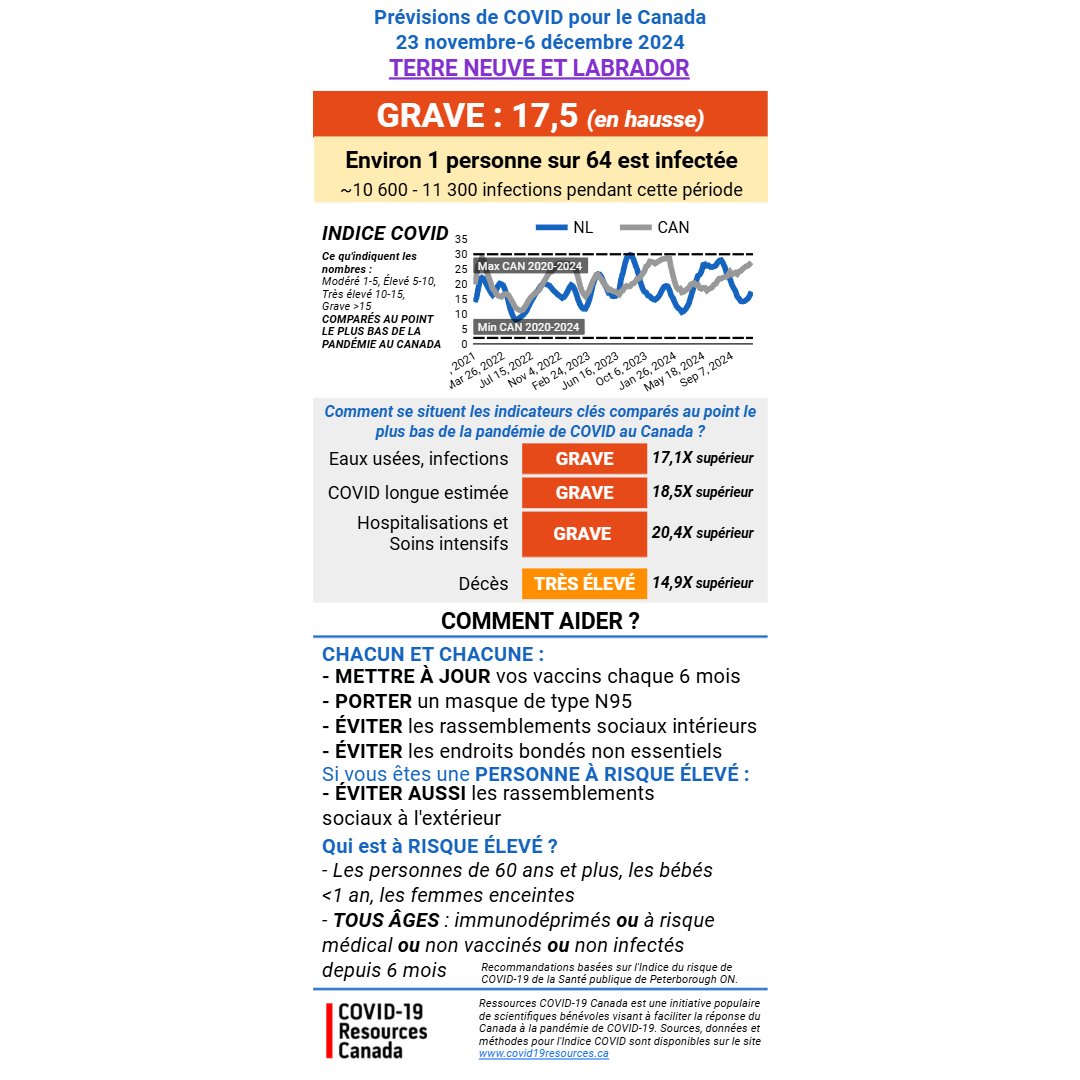#Ontario research & lab folk please share widely
Ontario has approved deployment of non-accredited, skilled staff to assist with #COVID-19 testing in accredited labs.
@COVID_19_Canada can get staff (3000+ members in Ontario) to centres in <1 wk from time of request.
See thread
Ontario has approved deployment of non-accredited, skilled staff to assist with #COVID-19 testing in accredited labs.
@COVID_19_Canada can get staff (3000+ members in Ontario) to centres in <1 wk from time of request.
See thread
We are developing a rapid response template for #Ontario testing lab staff requests, so that labs can submit simple requests to receive list of candidates in their region.
To request #COVID-19 testing staff go here: covid19resources.ca/requestvolunte…
To request #COVID-19 testing staff go here: covid19resources.ca/requestvolunte…
If you are an #Ontario resident who has lab skills to help w/ #COVID-19 testing and if you haven't already signed up with @COVID_19_Canada , please sign up here: covid19resources.ca/Volunteer.html
#COVID-19 testing labs in other provinces, if your province has recently approved the use of non-accredited lab staff to assist w/ COVID-19 testing in accredited labs, please tell us, and let your colleagues know that @COVID_19_Canada has 5000+ scientist members who can help.
For those interested in helping w/ #Ontario #COVID-19 testing, here are core skills that are needed:
--min M.Sc., 3 years wet lab experience
--current BSL2 training, experience working w/ human or infectious samples
--ability to learn new techniques quickly
--min M.Sc., 3 years wet lab experience
--current BSL2 training, experience working w/ human or infectious samples
--ability to learn new techniques quickly
--meticulous attention to detail & record-keeping
--accurate pipetting (especially multi-channel)
--RT-PCR (reverse transcription + real-time)
--very strong ability to work in groups, switch tasks quickly
--accurate pipetting (especially multi-channel)
--RT-PCR (reverse transcription + real-time)
--very strong ability to work in groups, switch tasks quickly
Helpful experience:
--diagnostic lab setting (research or clinical)
--handling large sample sets
--automated sample handling platforms
--patient data privacy training/experience
Other:
ability to walk, bike or drive to local testing labs
--diagnostic lab setting (research or clinical)
--handling large sample sets
--automated sample handling platforms
--patient data privacy training/experience
Other:
ability to walk, bike or drive to local testing labs
For summary info about volunteer scientists who have signed up to help w/ #COVID-19 response (many who many be interested in work contracts), see here:
covid19resources.ca/volunteerrecru…
covid19resources.ca/volunteerrecru…
Please DON'T contact testing labs directly. They are absolutely overwhelmed. If you want to help out w/ testing & have appropriate skills, please sign up below.
We don't know yet whether labs will needs FT staff, volunteers etc. Expect some chaos.
covid19resources.ca/Volunteer.html
We don't know yet whether labs will needs FT staff, volunteers etc. Expect some chaos.
covid19resources.ca/Volunteer.html
#Canadian PIs, we may need help w/ rapid reference checking for candidate #COVID-19 testing lab staff originating in academia. If you can help w/ this, please sign up to volunteer at the link above. We may require help evenings/weekends.
This is how @COVID_19_Canada works.
1. Skilled scientists, HCPs & grad students in these disciplines sign up as volunteers covid19resources.ca/Volunteer.html
2. When volunteers/ppl interested in paid work sign up, we ask a lot of questions about education, current safety training, skills.
1. Skilled scientists, HCPs & grad students in these disciplines sign up as volunteers covid19resources.ca/Volunteer.html
2. When volunteers/ppl interested in paid work sign up, we ask a lot of questions about education, current safety training, skills.
3. Organizations that need skilled science staff/volunteers request personnel here: covid19resources.ca/requestvolunte…
4. When we receive a request, we work w/ the requesting org to identify their requirements (e.g. RT-PCR, liquid handling platforms, bioinformatics skills, health data)
4. When we receive a request, we work w/ the requesting org to identify their requirements (e.g. RT-PCR, liquid handling platforms, bioinformatics skills, health data)
5. We identify candidates in our database living in the appropriate region who fit these needs, and set up additional automated screening form if needed for skills not listed in our database.
6. We contact all candidates who meet these criteria, ask them to indicate if they're interested (opt-in), and ask them to provide any additional required info + CV
7. We send the final list of candidates + CVs to org requesting volunteers/staff
7. We send the final list of candidates + CVs to org requesting volunteers/staff
8. In an emergency & if the org needs it, we may ask academic personnel (i.e. PIs) to help vet candidates by contacting references, but so far every org has opted to have HR folk do this. We try not to do this unless it's truly urgent so we don't slow down our core activities.
9. Again, if anyone out there knows if non-accredited research/lab folk have been approved to assist w/ #COVID-19 testing in accredited testing labs in regions in addition to #Ontario, please let us know so that @COVID_19_Canada can reach these centres & get candidates signed up.
Finally, for #Canadians wanting to help w/ #COVID-19 second wave responses (scientists & non-scientists), you can find initiatives that need volunteers here: covid19resources.ca/otherinitiativ…
If you know an org/initiative/group that needs volunteers to help w/ #COVID-19 2nd wave responses (scientific & non-scientific), please request volunteers here: covid19resources.ca/requestvolunte…
Or submit initiative here: docs.google.com/forms/d/e/1FAI…
Or submit initiative here: docs.google.com/forms/d/e/1FAI…
@CIHR_IRSC @NSERC_CRSNG @GenomeCanada @OICR_news @CSM_SCM @UofT @mcgillu @NRC_CNRC @uofg @UofTDentistry @uoftmedicine @DocTrott can you help amplify?
@COVID_19_Canada is run by folks in/funded by your orgs & you deserve credit
Huge thanks also to Trottier Family Foundation...
@COVID_19_Canada is run by folks in/funded by your orgs & you deserve credit
Huge thanks also to Trottier Family Foundation...
• • •
Missing some Tweet in this thread? You can try to
force a refresh















